Marketers can use two main strategies to reach their prospects: inbound marketing and outbound marketing. Before we look at the differences, let’s see their definition.
What is Inbound Marketing?
Inbound marketing is a term first used by Hubspot to refer to marketing efforts that focus on pulling an interested audience and offering valuable content that solves their problems and create tailored experiences.
On the other hand, outbound marketing is a more traditional strategy where companies market their products and services through continued advertising and promotions. This technique targets a large audience with the hope that people will make a sale. This is also called push marketing. A perfect example is the use of print, radio, or TV adverts to convince people to buy a product or service.
Inbound Marketing vs. Outbound Marketing
Inbound marketing aims to create a connection with the target audience and solve the prospects’ problems. However, outbound marketing doesn’t have a specific target. Instead, it pushes content the audience may not be interested in, with the primary goal of making sales.
Below are the other differences between inbound marketing and outbound marketing:
- Inbound marketing only targets an interested audience, while outbound marketing pushes a sales message to everyone.
- Inbound marketing addresses the customers’ pain points and seeks to solve their problems, while outbound marketing focuses on selling the products/services.
- Inbound marketing is interactive and creates a unique customer experience (UX) at every stage. However, outbound marketing is more of one-way communication – advertise a product; the prospect loves the product and proceeds to make a sale.
- With inbound marketing, the content is helpful, and the audience easily converts to leads, while outbound marketing is disruptive and often a nuisance, e.g., social media ads.
You are more likely to see inbound marketing in action in business websites, blogs, opt-in emails, social media, and eBooks, while outbound marketing manifest itself through TV ads, pop-up internet ads, billboards, and magazines.
How Inbound Marketing Works
Modern businesses aren’t interested in one-way communication or one-time interaction. They want their customers to return for repeat business and even recommend their businesses to their colleagues, friends, and families. Outbound marketing doesn’t give this option, making it somewhat irrelevant for building long-term customer engagement.
However, inbound marketing offers all the aspects necessary to engage prospects and successfully turn them into lifetime customers. At the heart of this marketing strategy is content – video content, blog content, and downloaded content (eBook, infographics, Newsletters, White papers, etc.).
Standard industry practices such as content marketing and SEO are part and parcel of inbound marketing. Below is how inbound marketing can be aligned with the buyer’s journey to turn the targeted audience into loyal and long term customers.
- Attract prospects – Target audience with value-rich content and conversation that establishes you as an authority in the field. This will set you as a trusted advisor, and your audience will have an easy time believing whatever you’ll tell them next. This process can turn your prospects into leads.
- Engage them – Give your leads some valuable insights and solutions on how you can solve their problems. Engaging your leads builds trust. You can also create robust buyer personas to strengthen your lead engagement and quickly convert them into customers.
- Delight your customers – Give them support and empower them to find success after making a purchase.
With the three steps above, you can turn strangers into prospects and prospects into customers, then customers into brand loyalists and promoters.
That said, below are the 10 inbound strategies you can use to grow your business in 2021 and beyond.
10 Inbound Marketing Strategies to Grow Your Business in 2021
In the highly competitive world, marketing your business is necessary, but how you do it makes all the difference. If you already have an inbound marketing strategy in place, take a look at the options below and see what you can borrow to forge your way to success.
1. Optimize Your Blog
If you already have a website, you want to create a blog where you’ll be communicating with your audience. The blog should be fully optimized to represent who you are and what you do.
2. Create Advanced and Valuable Content
Content is king when it comes to inbound marketing. You want to focus on value-rich content instead of creating generic posts. If you are not sure what to go with, experiment with advanced content such as eBooks, infographics, white papers, etc.
3. Consider Link Building
Backlinks are great for building brand awareness, promoting your business to a new and larger audience, and most importantly, boosting your SEO. Picking the right link building strategy will help you build high-quality backlinks.
4. Use Video Content
Videos are useful when it comes to attracting your audience’s attention. Creating short, fun, and educative video content and embedding them on your blog or website can boost your inbound marketing. You can also use sites such as YouTube to reach out, educate, and engage your audience.
5. Leverage Social Media to Promote Your Content
The majority of your target audience is already on social media, which explains why digital marketing is very effective. However, you need a workable digital marketing strategy to promote your content and target the right people.
6. Use Email Marketing
Recent studies show that email marketing is still popular and effective compared to all the other marketing options, e.g., social media marketing. To successfully promote your business, you should tap into the power of email marketing.
7. Consider Marketing Automation
Email marketing and social media marketing can be hectic, especially if you were to do them manually. Marketing automation makes the whole process easy and efficient, and to make the most of your inbound marketing, incorporate this technology into the mix.
8. Choose an SEO Strategy
SEO is a must if you are to rank on the search engines and get your prospects to notice you. More often, the inbound marketing agency you pick will offer SEO services tailored to your business needs.
9. Make Your Site Mobile-Friendly
Since nearly everyone is accessing the internet via their smartphones, user experience is quickly becoming a benchmark. By making your site mobile-friendly, you build on this user experience aspect, which translates to customer experience (CX) over time.
10. Track and Improve
Tracking your inbound marketing strategies helps you make informed decisions to improve your marketing and boost every aspect of it: from value delivery to customer experience.
Examples of Inbound Marketing
Now that you know what inbound marketing is and the strategies you can pick to effect it into your in-house marketing tactics, let’s cut to the chase and wrap this piece with a few examples of inbound marketing in action.
- A blog with educational and regularly updated content
- A comprehensive white paper that’s original and valuable.
- An insightful eBook
- A webinar, podcast, or video series
When it comes to inbound marketing, every strategy you pick should be value-centric and always geared to the customer. If you are new to inbound marketing or marketing as a whole, this article will serve as a useful guide.










